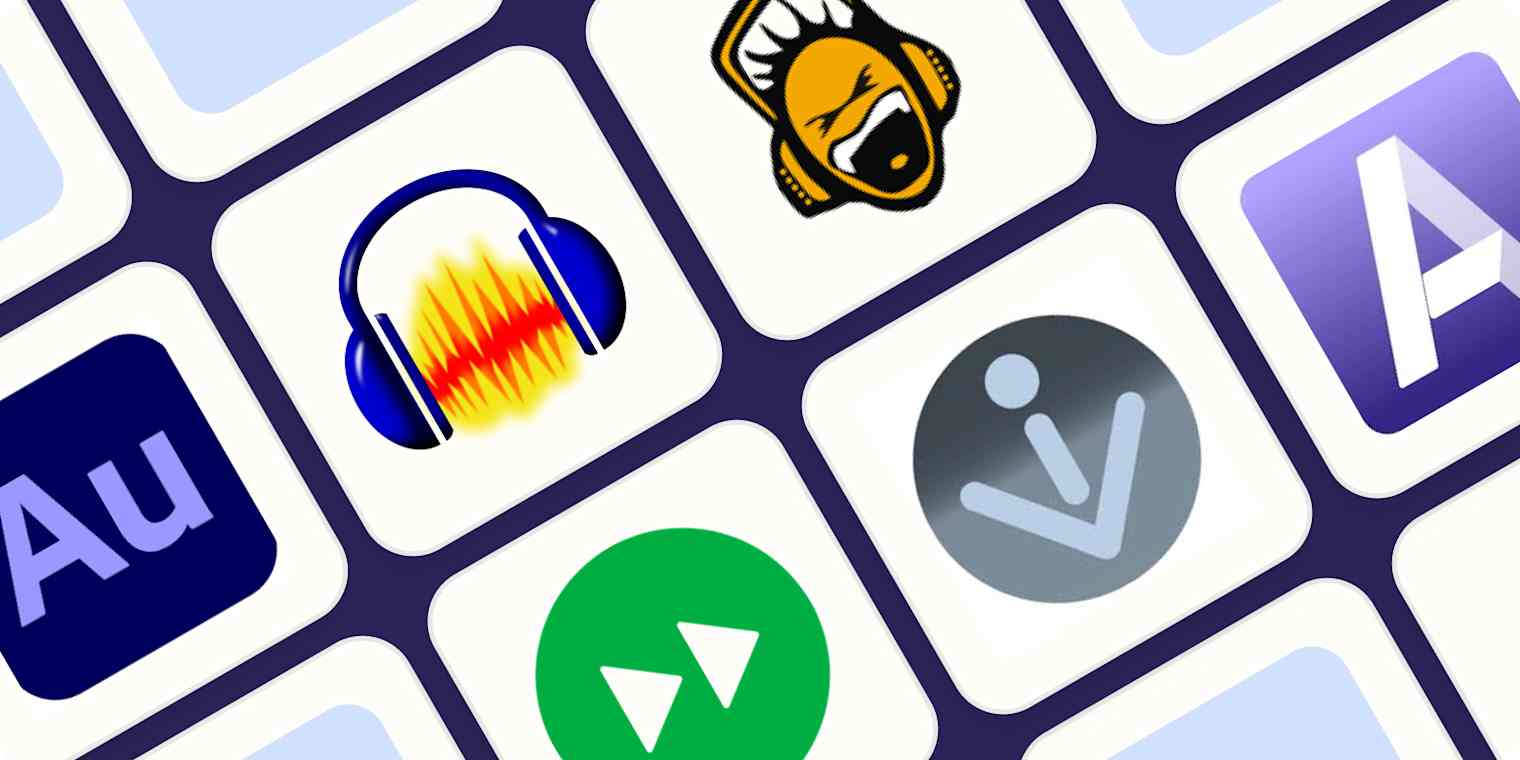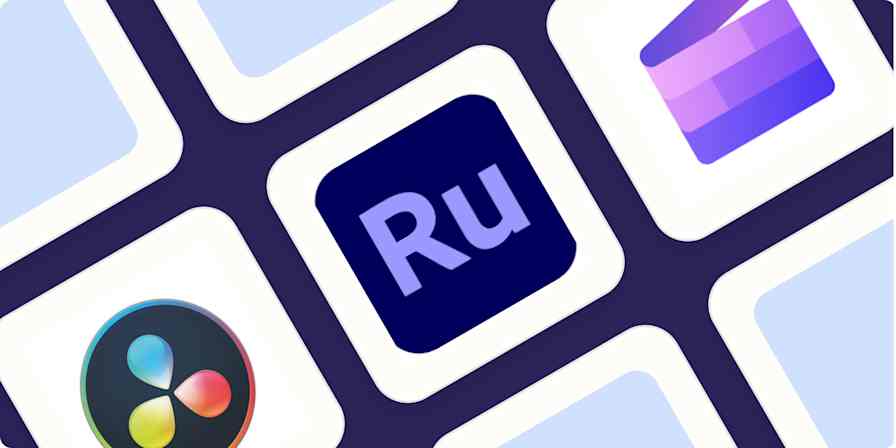Best apps
13 min readThe best audio editing software for Mac, Windows, and the web in 2025
By Tim Brookes · December 3, 2024

Get productivity tips delivered straight to your inbox
We’ll email you 1-3 times per week—and never share your information.
tags
Related articles
Improve your productivity automatically. Use Zapier to get your apps working together.








